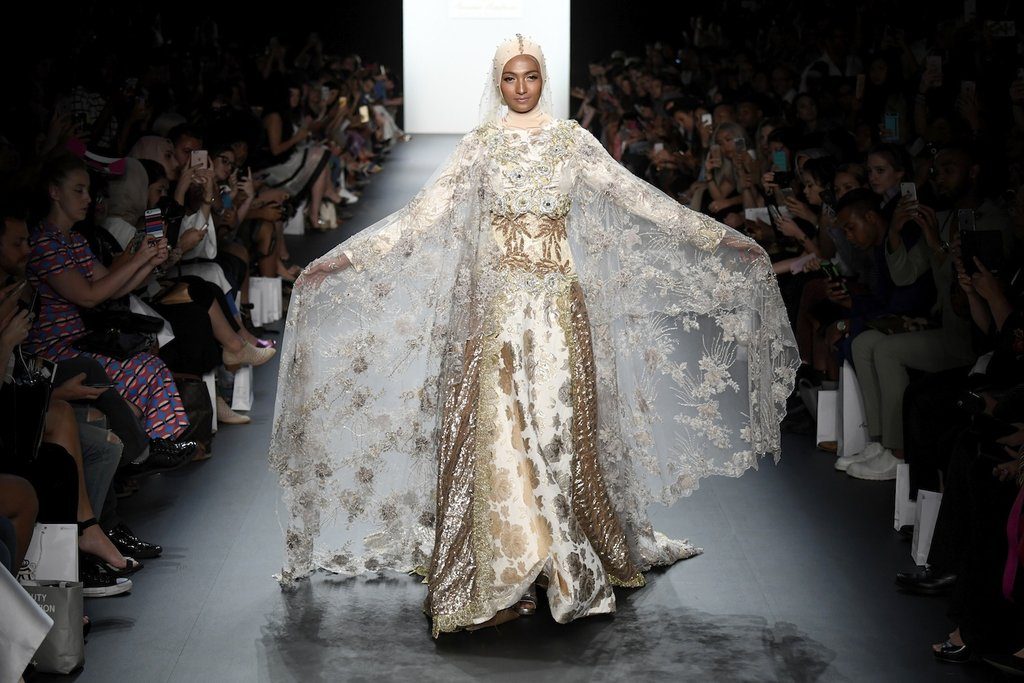In the early 1990s, just over 42 per cent of people were living in urban areas. Today, more than 54 per cent of the global population are urban dwellers and in 2030, that percentage is expected to rise to 60 per cent . Sustainable development must ensure a roadmap for sustainable cities.

Against this backdrop, from 17 – 20 October, Habitat III, the United Nations Conference on Housing and Sustainable Urban Development will take place in Quito, Ecuador. The last time there was a Conference of this nature was in 1996, the second United Nations Conference on Human Settlements, in Istanbul.
Governments, civil society, private sector and UN representatives and experts from around the world will convene at Habitat III to garner renewed political commitment for sustainable urban development, assess accomplishments and emerging challenges and adopt the New Urban Agenda—a robust, action-oriented outcome document which will set global standards in sustainable urban development, rethinking the way we build, manage, and live in cities.
The conference itself is practising the principles of gender equality by creating a gender-sensitive space and helping participants balance their professional work and parenthood. For example, two child care facilities managed by professionals have been set up—one at the conference venue and another at the Convention Centre. Parents attending the conference can leave their children in these facilities for two hours free of charge. The conference venue also includes diaper changing units.
While the movement to cities plays a critical role in accelerating development, particularly in generating economic growth, it has had less success in other areas, including advancing gender equality. Today, the majority of women in urban settlements continue to face multiple challenges.

Women and girls often fear and experience sexual violence and other forms of violence, which affects their everyday lives and restricts their freedom and use of the city and its public spaces. In London, a 2012 study revealed that 43 per cent of young women experienced some form of street harassment in 2011, and in Port Moresby, a scoping study by UN Women indicated that over 90 per cent of women and girls have experienced some form of sexual violence when accessing public transportation [2].
Often slums lack infrastructure and public services, including sexual and reproductive health infrastructure and facilities. For example, a recent analysis of Demographic and Health Survey data from 30 low- and middle-income countries in Africa, Asia and Latin America on access to maternal and newborn services for groups with different levels of poverty found that in some cases, maternal, newborn and child mortality rates in poor and marginalized urban sub-groups can be as high as, or even higher than among the rural poor.

